Fast food chains have been under pressure to offer healthier options as customers become more health-conscious. In response, many popular restaurants have reformulated their classic menu items. While these changes aimed to boost nutritional value, they sometimes backfired by altering the taste, texture, or overall experience that customers loved.
Here are ten beloved fast food items that suffered when companies tried to make them healthier.
1. McDonald’s French Fries Lost Their Magic
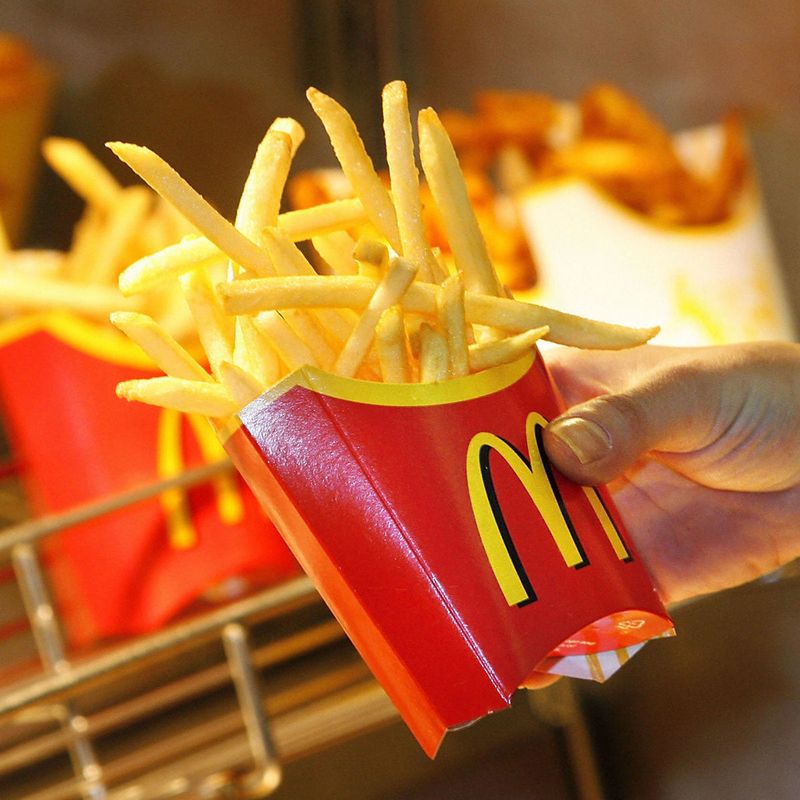
The golden arches’ iconic fries underwent a dramatic change in 1990 when McDonald’s switched from beef tallow to vegetable oil. This move was meant to reduce saturated fat, but it fundamentally altered what many considered the perfect french fry. Long-time customers noticed immediately.
The crispy exterior and fluffy interior remained, but that distinctive savory flavor vanished. McDonald’s even faced a class-action lawsuit when vegetarians discovered the new formula still contained beef flavoring.
The company later removed the beef additives entirely, but many fast food connoisseurs still reminisce about the original recipe’s unmatched taste. Some food historians consider this the most significant downgrade in fast food history.
2. Chick-fil-A’s Waffle Fries Got Starchy

Waffle fries were Chick-fil-A’s crown jewel until the chain added pea starch to their recipe. The modification aimed to create a crispier, healthier fry with less oil absorption, but loyal customers quickly spotted the difference. The texture became noticeably different – slightly gummier with less of that signature potato flavor.
Worse yet, the addition created unexpected allergy concerns for people with pea sensitivities who had previously enjoyed the fries without issue. Social media erupted with complaints as customers lamented the change.
Despite maintaining their distinctive waffle shape, the beloved side never quite recaptured its former glory, proving that even small ingredient tweaks can have major consequences.
3. Panera’s Fresh-Baked Bread Became Frozen

Remember when Panera Bread actually lived up to its name? The chain built its reputation on freshly baked bread made daily in each location. Customers could smell it baking throughout the restaurant, creating an authentic bakery experience. That changed when the company switched to partially-baked frozen loaves shipped to stores.
While marketed as a way to ensure consistency and reduce waste, the flavor and texture suffered noticeably. The once-crusty exterior became softer, and that yeasty aroma diminished. Many customers felt betrayed by the change, especially since Panera’s name and brand identity centered around fresh-baked bread. The switch represents a classic case of efficiency trumping quality.
4. McDonald’s Deceptively Unhealthy Oatmeal
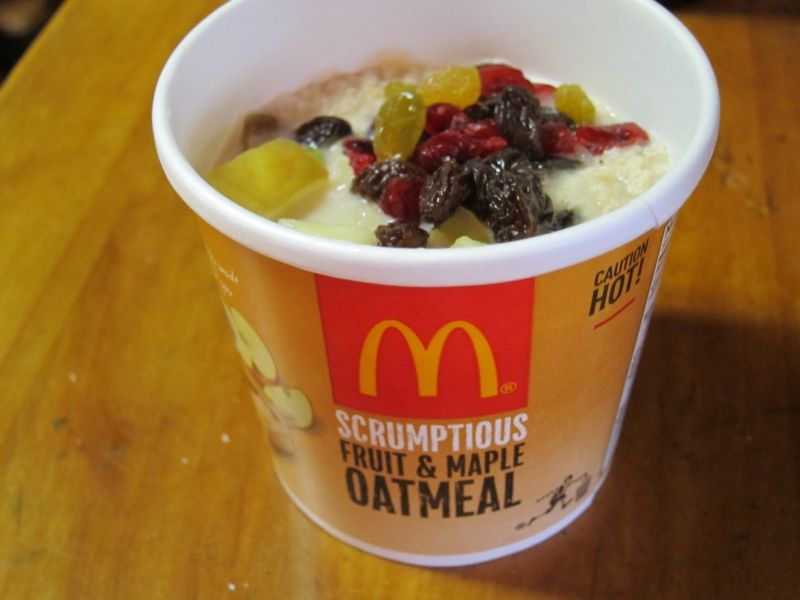
McDonald’s Fruit & Maple Oatmeal launched in 2011 as a wholesome breakfast option, marketed heavily as part of their healthier menu makeover. The warm, convenient breakfast seemed like a nutritious alternative to egg sandwiches and hash browns.
The reality shocked nutrition experts. A single serving packed 33 grams of sugar – more than many candy bars! The oatmeal contained cream, multiple forms of added sugar, and heavily processed fruit pieces.
Food writer Mark Bittman famously called it “expensive junk food” that was “310 calories of crap.” While technically containing oats, this breakfast exemplifies how “health” foods can be nutritional wolves in sheep’s clothing, undermining consumers’ genuine attempts to eat better.
5. Subway’s Not-So-Light Teriyaki Chicken
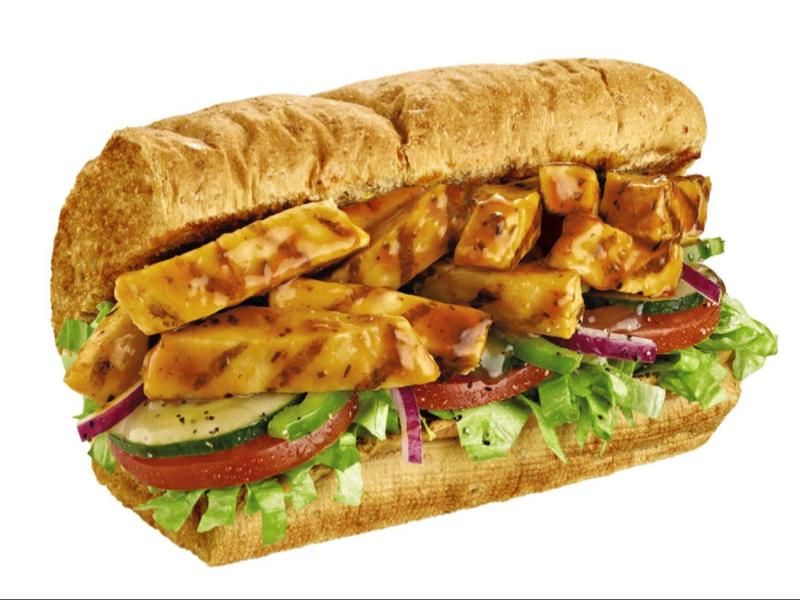
Subway built an entire marketing campaign around Jared Fogle’s weight loss story, positioning itself as the healthy fast food alternative. Their Sweet Onion Chicken Teriyaki sandwich became a poster child for this image, prominently featured in their “under 6 grams of fat” menu.
A closer nutritional inspection revealed the sandwich contained a whopping 760 mg of sodium – nearly half the recommended daily intake! The sweet onion sauce alone added significant sugar and calories. Many customers felt misled after choosing this option specifically for health reasons.
The sandwich demonstrates the common fast food tactic of reducing one nutritional villain (fat) while quietly increasing others (sodium, sugar), creating an illusion of healthiness while potentially causing different health concerns.
6. Taco John’s Hot Sauce Downsizing Disaster
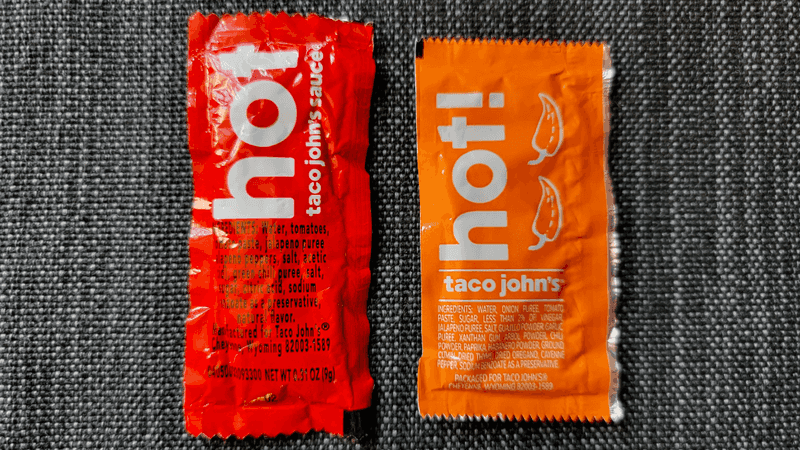
Hot sauce fanatics across America mourned when Taco John’s reformulated their iconic hot sauce. The chain claimed the new recipe was “healthier” with reduced sodium and fewer preservatives, but loyal customers immediately detected the difference.
Adding insult to injury, Taco John’s simultaneously reduced their packet size by nearly 50%. The new sauce lacked the distinctive vinegar-forward kick and smoky undertones that made the original famous.
Regular customers revolted, flooding social media with complaints and even launching petition campaigns. This sauce saga illustrates how even condiments aren’t safe from health-motivated changes that prioritize nutritional metrics over the flavors that built customer loyalty in the first place.
7. Domino’s Pizza Recipe Overhaul Backfired
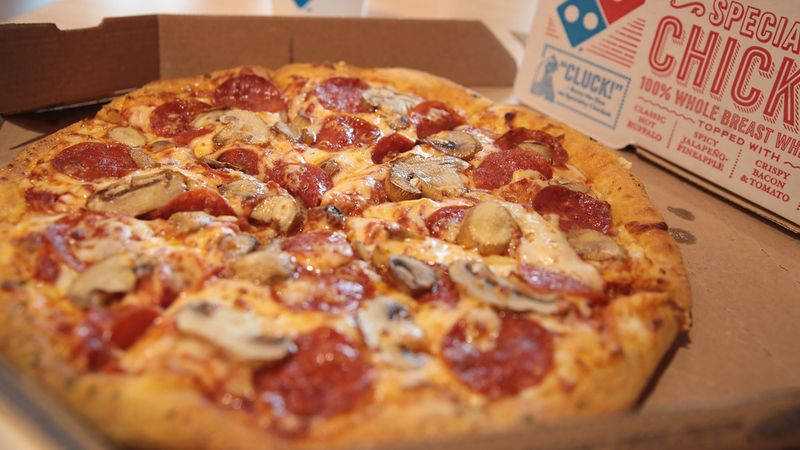
In 2009, Domino’s took a massive gamble by completely reinventing their core pizza recipe. Their marketing campaign even acknowledged their previous pizza wasn’t great, promising a healthier, tastier product with a new sauce, cheese blend, and crust.
The new recipe featured a garlic-herb crust, sweeter sauce with distinct herbs, and a different cheese mix. While some new customers approved, longtime fans were bewildered by the dramatic shift away from the familiar flavor profile they’d grown to love.
Sales initially spiked from curiosity, but many loyal customers felt abandoned. The radical recipe change highlights the risks of wholesale reinvention rather than gradual evolution – sometimes the “improved” version loses the very characteristics that made the original successful.
8. KFC’s Grilled Chicken Experiment
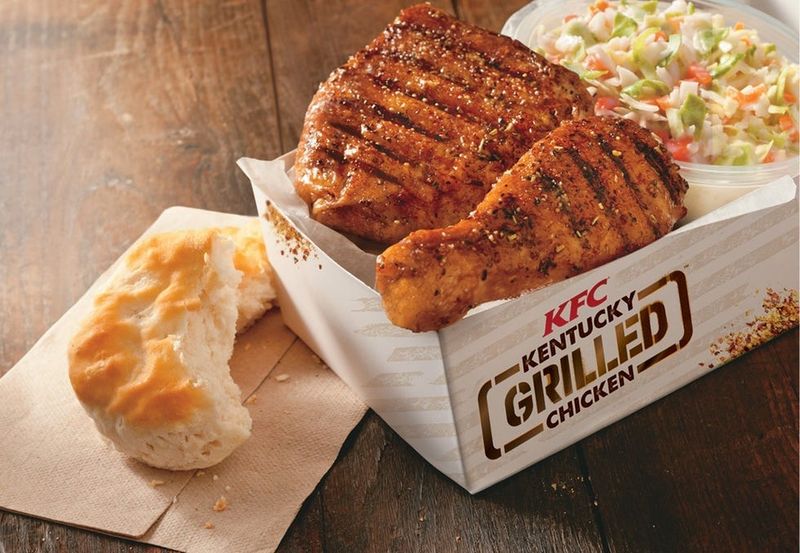
Kentucky Fried Chicken made waves in 2009 when they introduced Kentucky Grilled Chicken, a non-fried alternative with significantly less fat and calories. The company even temporarily rebranded as “Kitchen Fresh Chicken” to emphasize their healthier direction.
The grilled option lacked the signature crispy coating and distinctive flavor that made KFC famous. Despite initial promotion, including a free chicken day that caused chaotic shortages, customer enthusiasm quickly faded.
While still on menus, grilled chicken never achieved the popularity the company hoped for. The episode demonstrates how challenging it is for brands to pivot away from their core identity – customers go to KFC specifically for fried chicken, not because they’re seeking healthy options.
9. Wendy’s Fries’ Skin-On Makeover
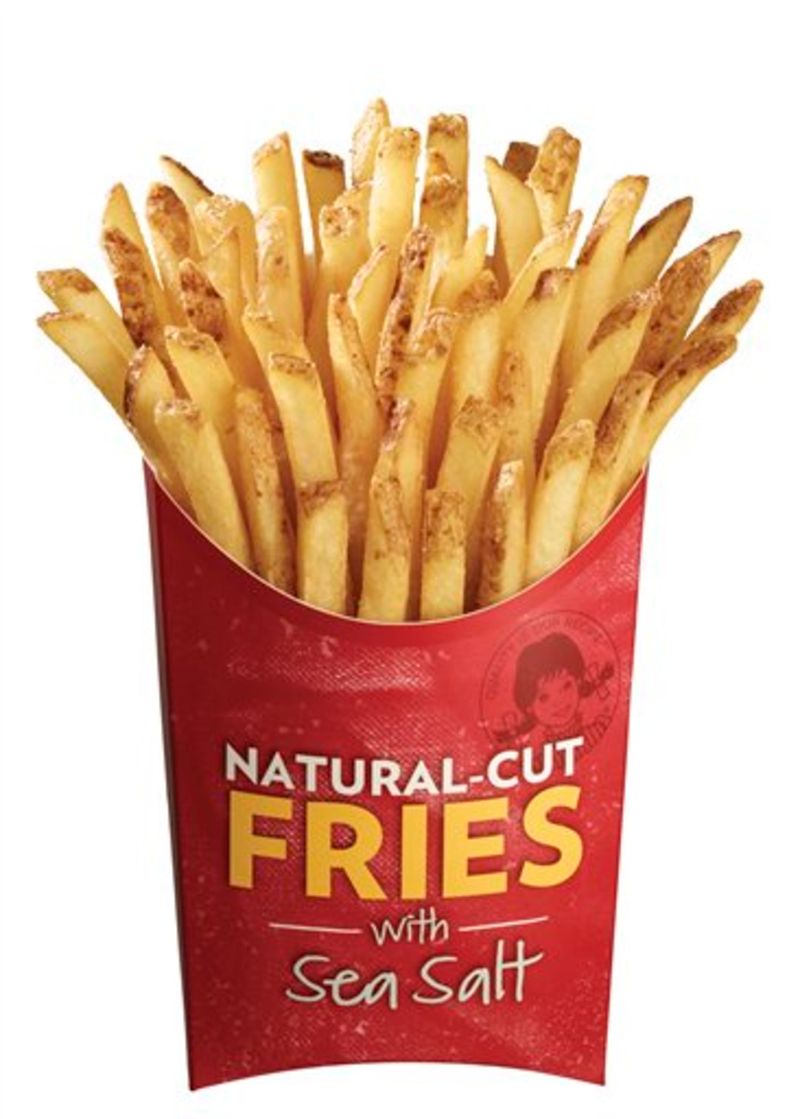
Wendy’s natural-cut fries with sea salt debuted in 2010 as a premium, healthier alternative to their traditional fries. The skin-on potatoes and sea salt coating were meant to evoke a more authentic, less processed feel compared to competitors’ offerings. Reality proved disappointing.
The skin-on style often resulted in inconsistent cooking – crispy in some spots, soggy in others. Many customers complained about the textural inconsistency and found the skin portions unappetizing. Fast food critic reviews noted the fries didn’t maintain heat well, turning limp faster than the previous version.
This attempted upgrade shows how “natural” doesn’t automatically equal better, especially when it compromises the fundamental qualities that make fast food satisfying.
10. Panera’s Shrinking Menu Options

Panera Bread’s menu underwent significant downsizing in 2020, eliminating many beloved items including several that were actually healthy. The chain framed these cuts as streamlining operations while focusing on quality, but customers were left with fewer genuinely nutritious choices.
Popular items like the Maple Glazed Bacon, Egg and Cheese sandwich and several salad varieties disappeared overnight. The Southwest Chile Lime Ranch Salad with Chicken, a favorite among health-conscious customers, vanished despite strong sales.
The irony wasn’t lost on regulars – a restaurant promoting wholesome eating was removing legitimately nutritious options. This menu purge demonstrates how operational efficiency often trumps customer preferences, even when those preferences align with a company’s supposed health-focused mission.
Leave a comment